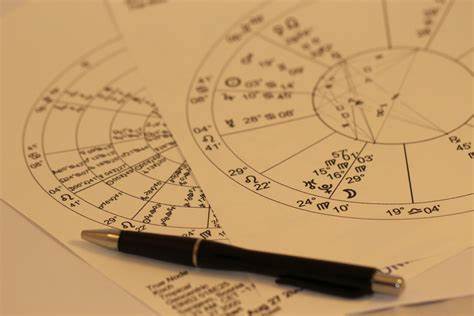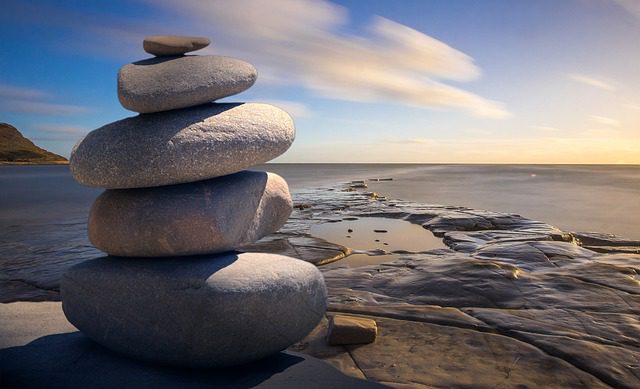A Brief History of Feng Shui
Unveiling the Ancient Origins of Feng Shui: A Journey through History
Feng Shui, the ancient Chinese practice of arranging living spaces to harmonize with the natural flow of energy, has a rich and fascinating history that spans thousands of years. As one of the oldest systems of environmental design, Feng Shui has evolved and developed over time, shaping the way we approach the spaces we inhabit. Let’s embark on a journey through history to uncover the origins and evolution of Feng Shui.
Ancient Beginnings:
The roots of Feng Shui can be traced back over 4,000 years to ancient China. Initially known as “Kan Yu,” meaning the study of heaven and earth, it was primarily utilized by the ruling elite to determine auspicious locations for burial sites and the construction of buildings. These early practitioners observed natural phenomena, such as the flow of rivers, the contours of the land, and the direction of the wind, to identify optimal energy patterns.
The Classic Texts:
During the Zhou Dynasty (1046-256 BCE), two influential texts emerged that laid the foundation for Feng Shui as we know it today. The first, “The Book of Burial” (Zang Shu), written by Guo Pu, delved into the principles of geomancy and the placement of graves to ensure the well-being of the deceased and their descendants. The second text, “The Book of Changes” (I Ching), explored the concept of Yin and Yang and the transformative power of the five elements—wood, fire, earth, metal, and water.


Development and Influence:
Over the centuries, Feng Shui gained popularity and spread throughout China. Its principles were incorporated into the design and layout of palaces, temples, and cities. Feng Shui masters were consulted for their expertise in selecting auspicious locations and designing spaces that promoted harmony and prosperity. Emperors and nobles sought their guidance, believing that proper Feng Shui could influence the success or failure of their endeavors.
Modern Adaptations:
In the 20th century, as China underwent rapid urbanization and cultural shifts, the practice of Feng Shui faced criticism and suppression during certain periods. However, it experienced a revival in the late 20th century, both in China and internationally, as people began to appreciate its holistic approach to creating harmonious environments.
Today, Feng Shui continues to evolve and adapt to the modern world. It has found its place in architecture, interior design, and personal well-being. Contemporary practitioners blend traditional principles with scientific research and intuitive approaches to create spaces that promote balance, positive energy flow, and overall well-being.
The history of Feng Shui is a testament to its enduring influence and relevance. From its ancient origins rooted in the observation of nature’s patterns to its development into a comprehensive system of environmental design, Feng Shui has shaped the way we interact with and optimize our living spaces. As we continue to explore and appreciate its principles, we honor a tradition that strives to harmonize our surroundings with the natural flow of energy, promoting a sense of balance, prosperity, and well-being.
Contact Info
- (505) 720-8278
- [email protected]
- Mon - Thur: 9:00 AM - 5:30 PM, Fri: 9:00 AM to 3:00 PM (MST)
Stay in touch!
© 2024, Beautiful Spaces. All Rights Reserved.
Powered by HD3